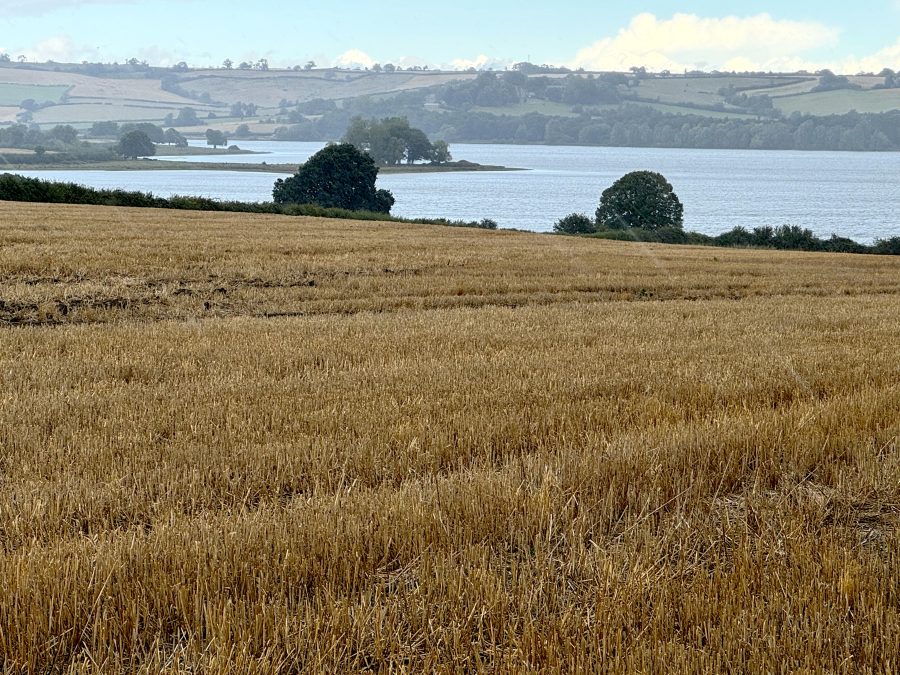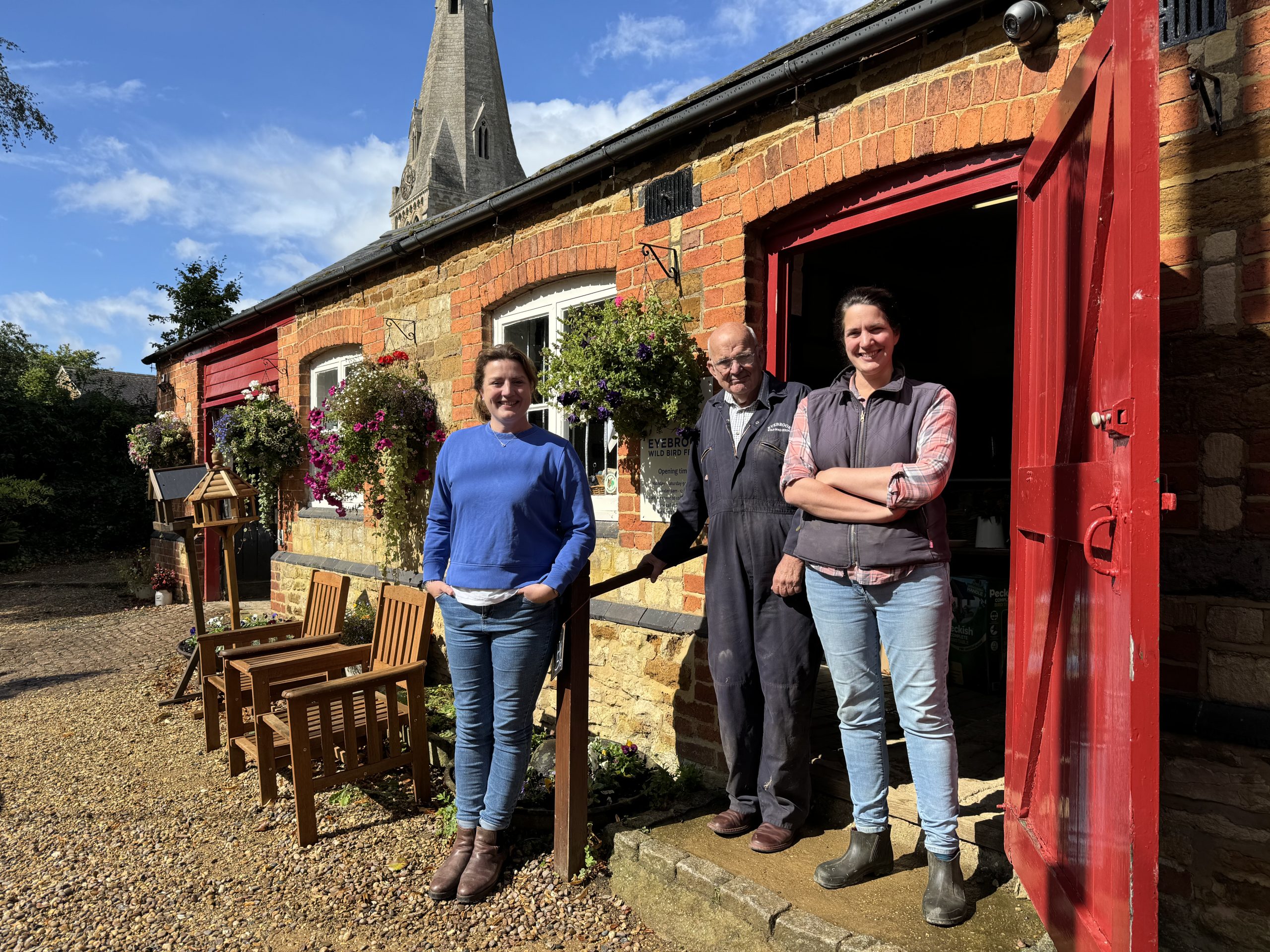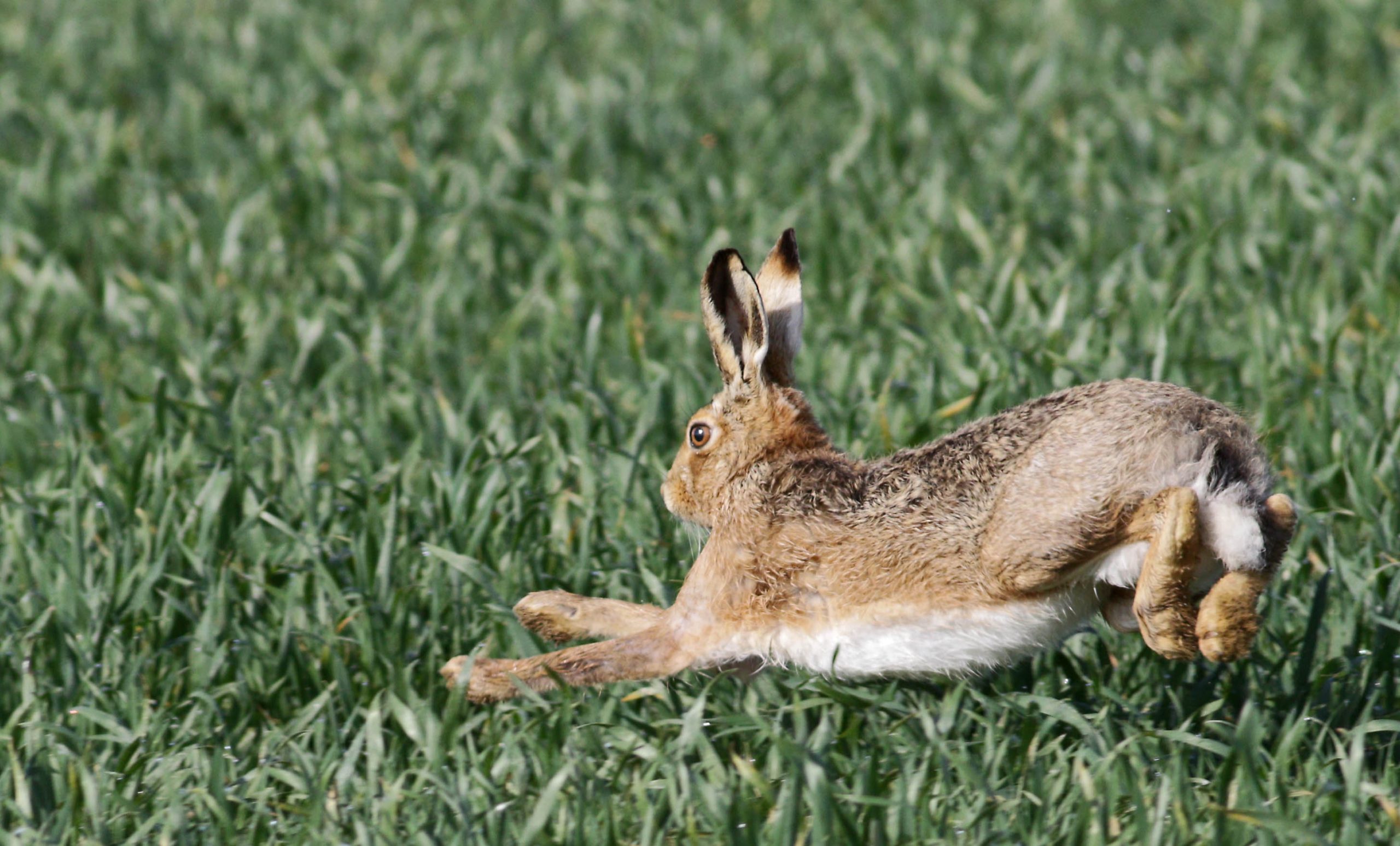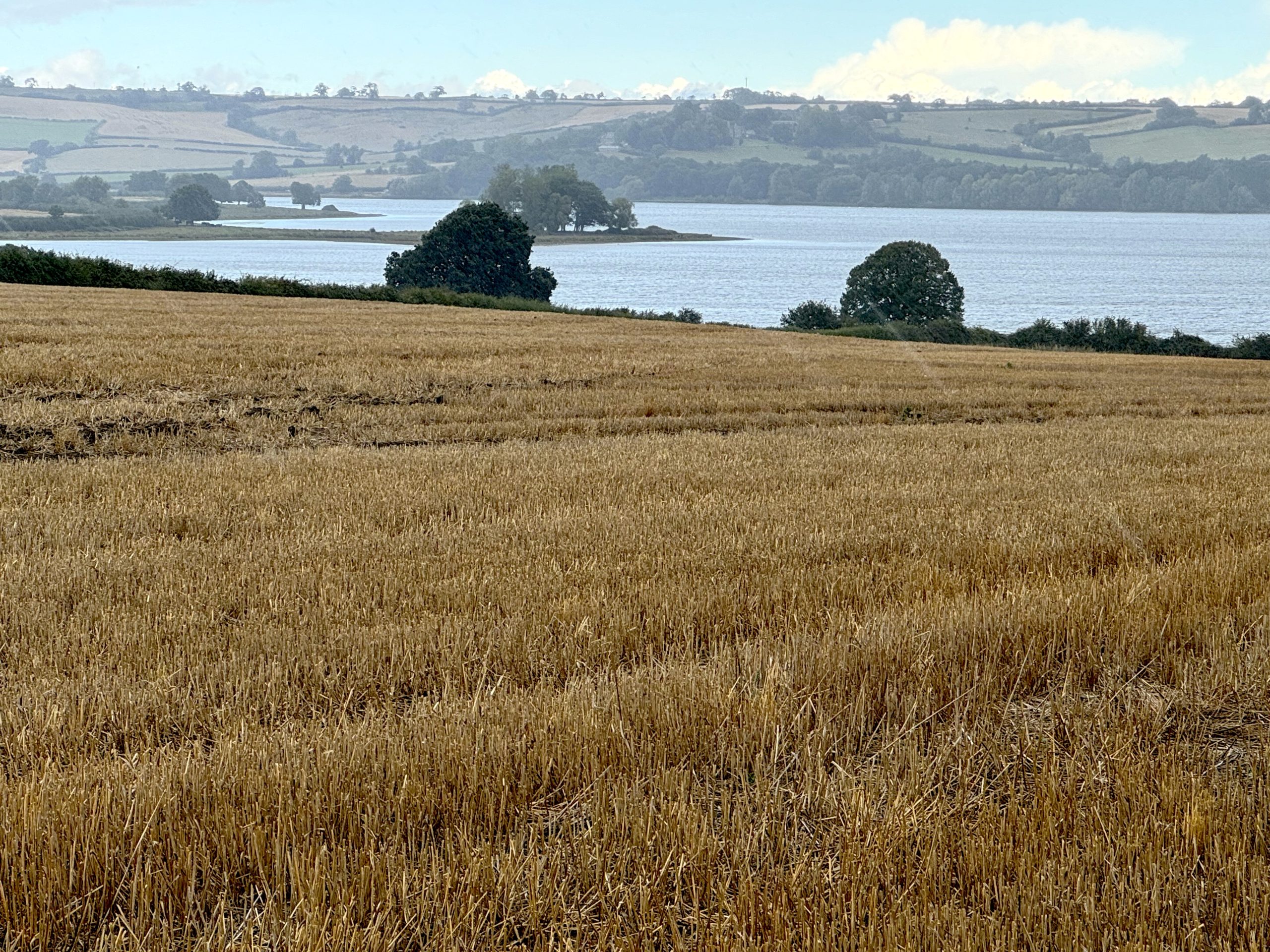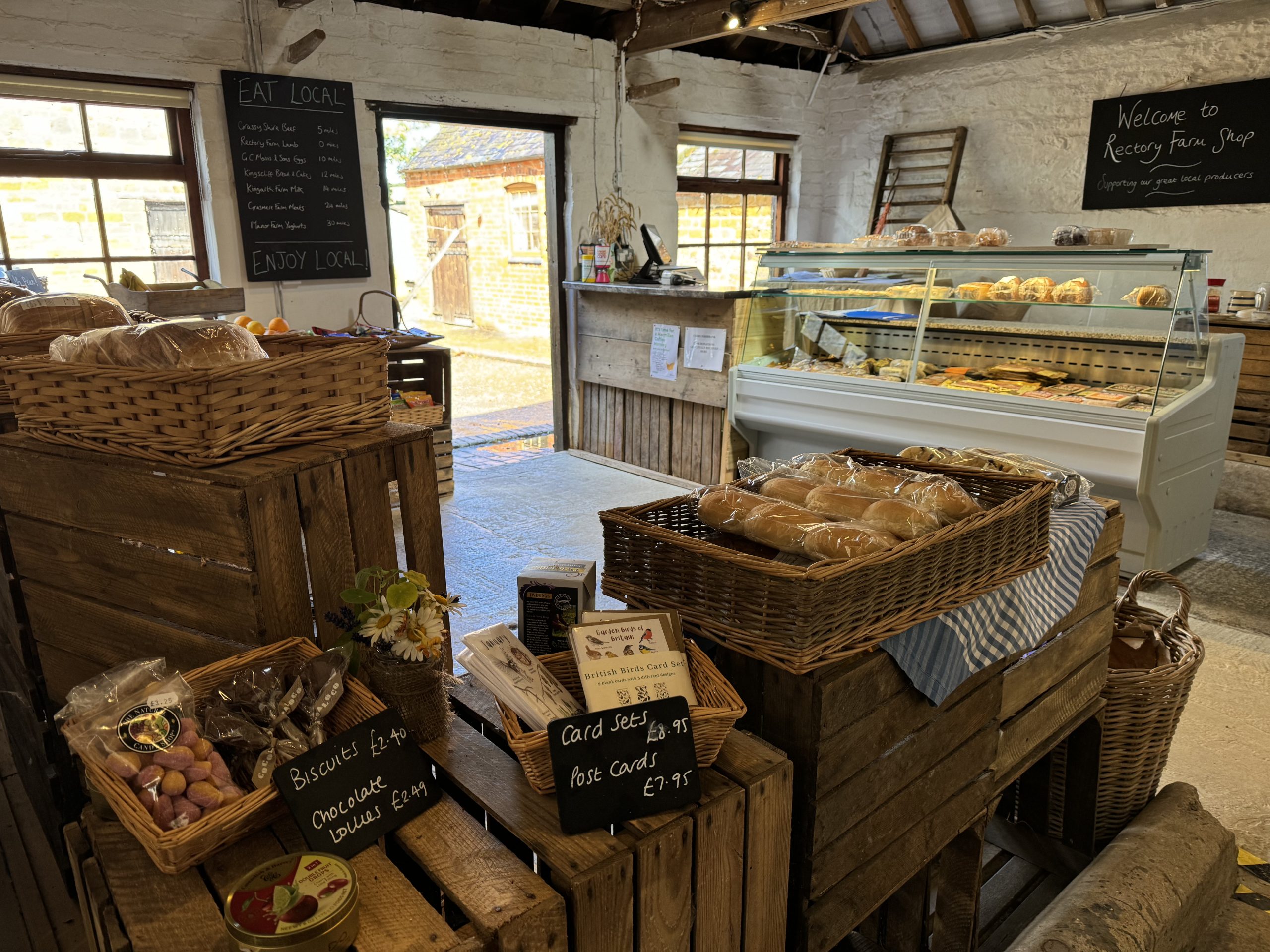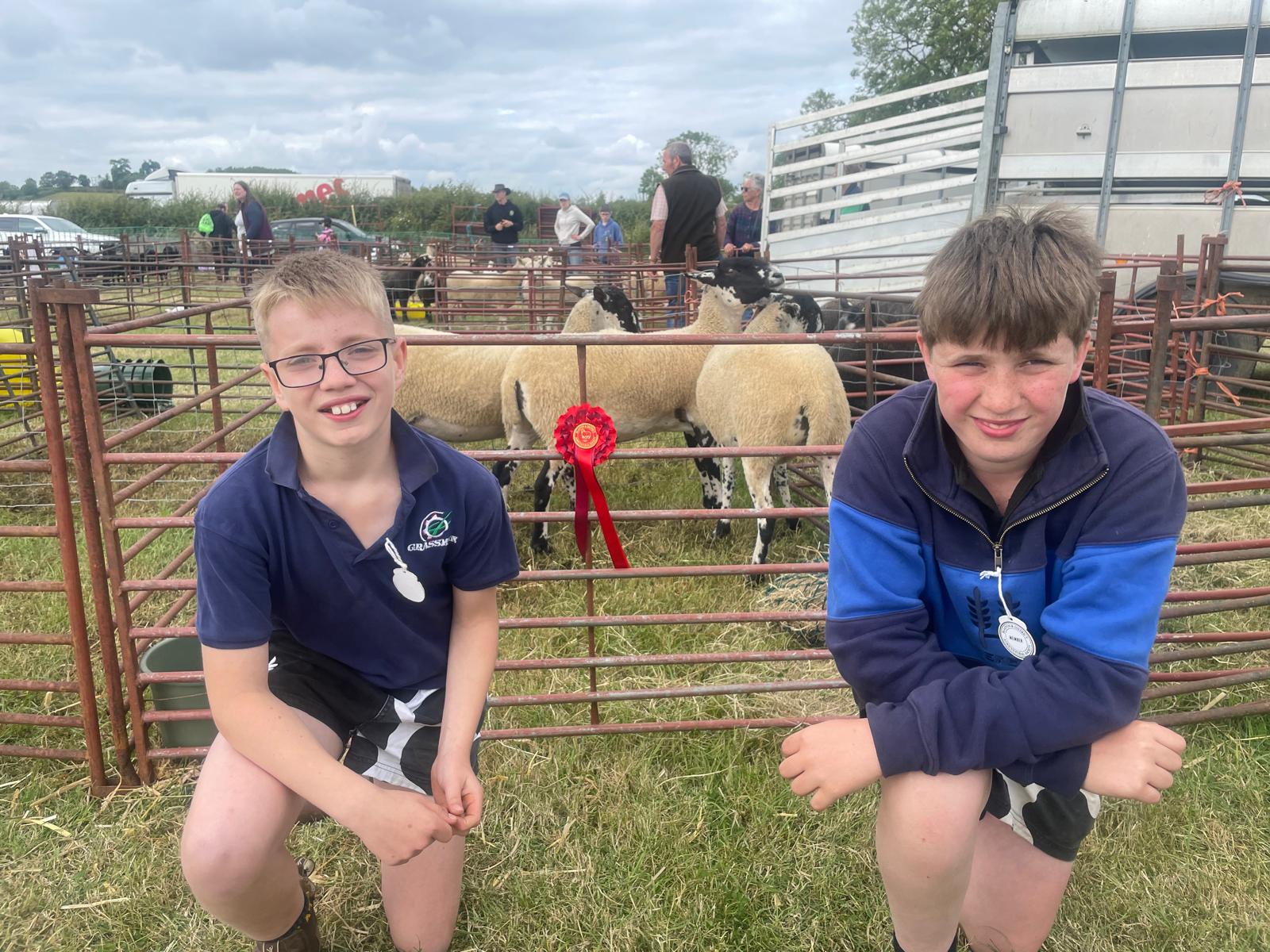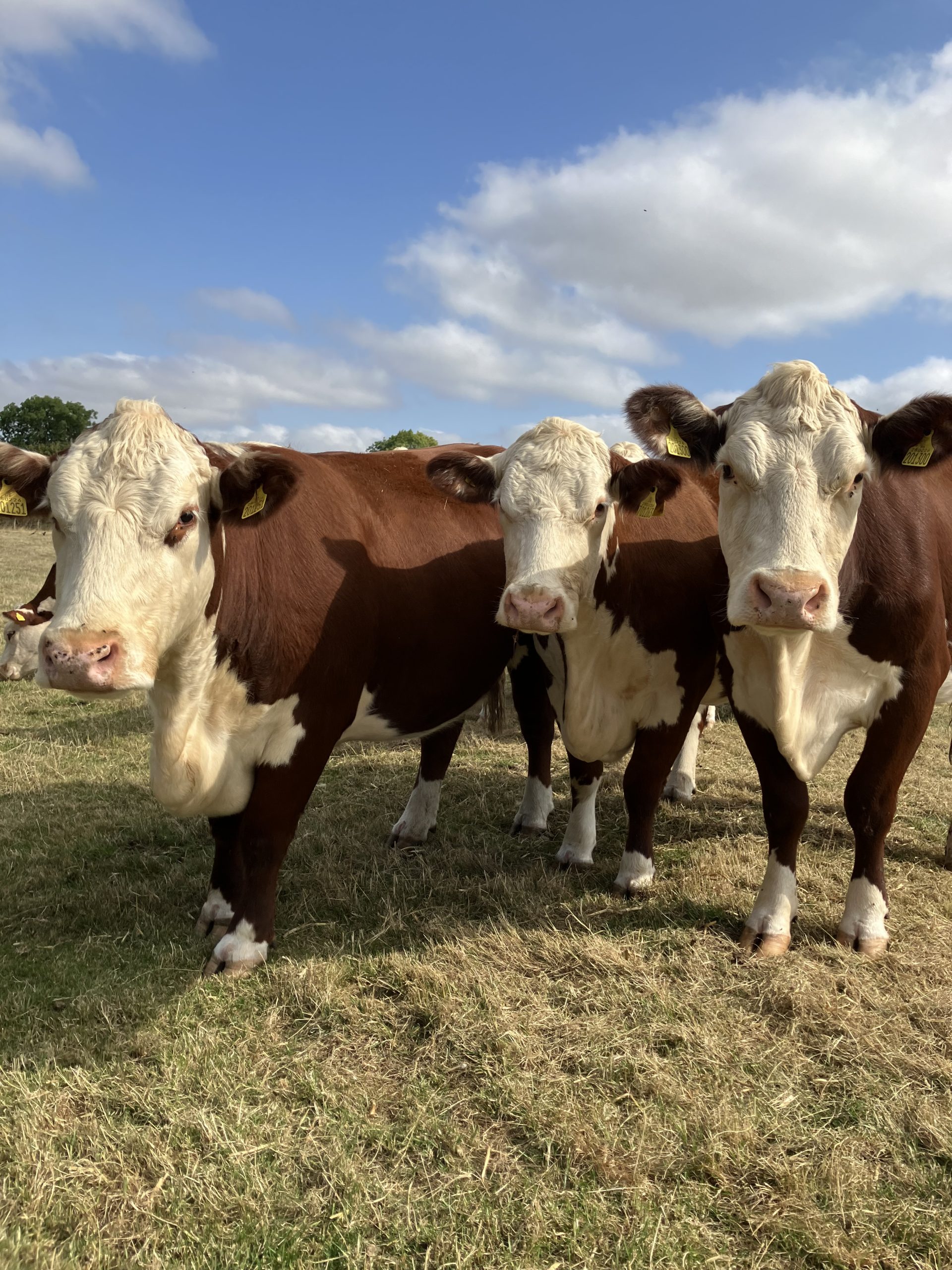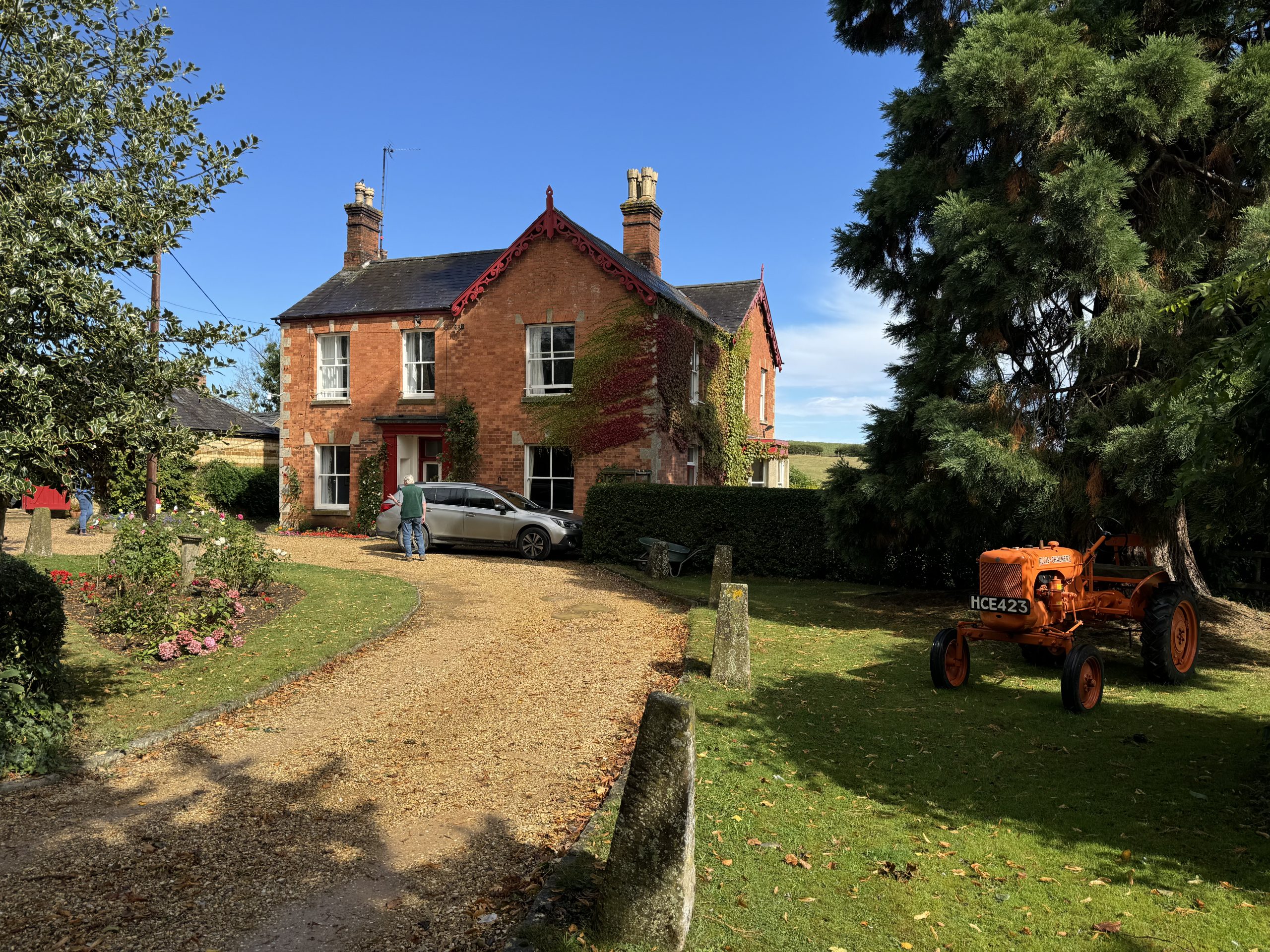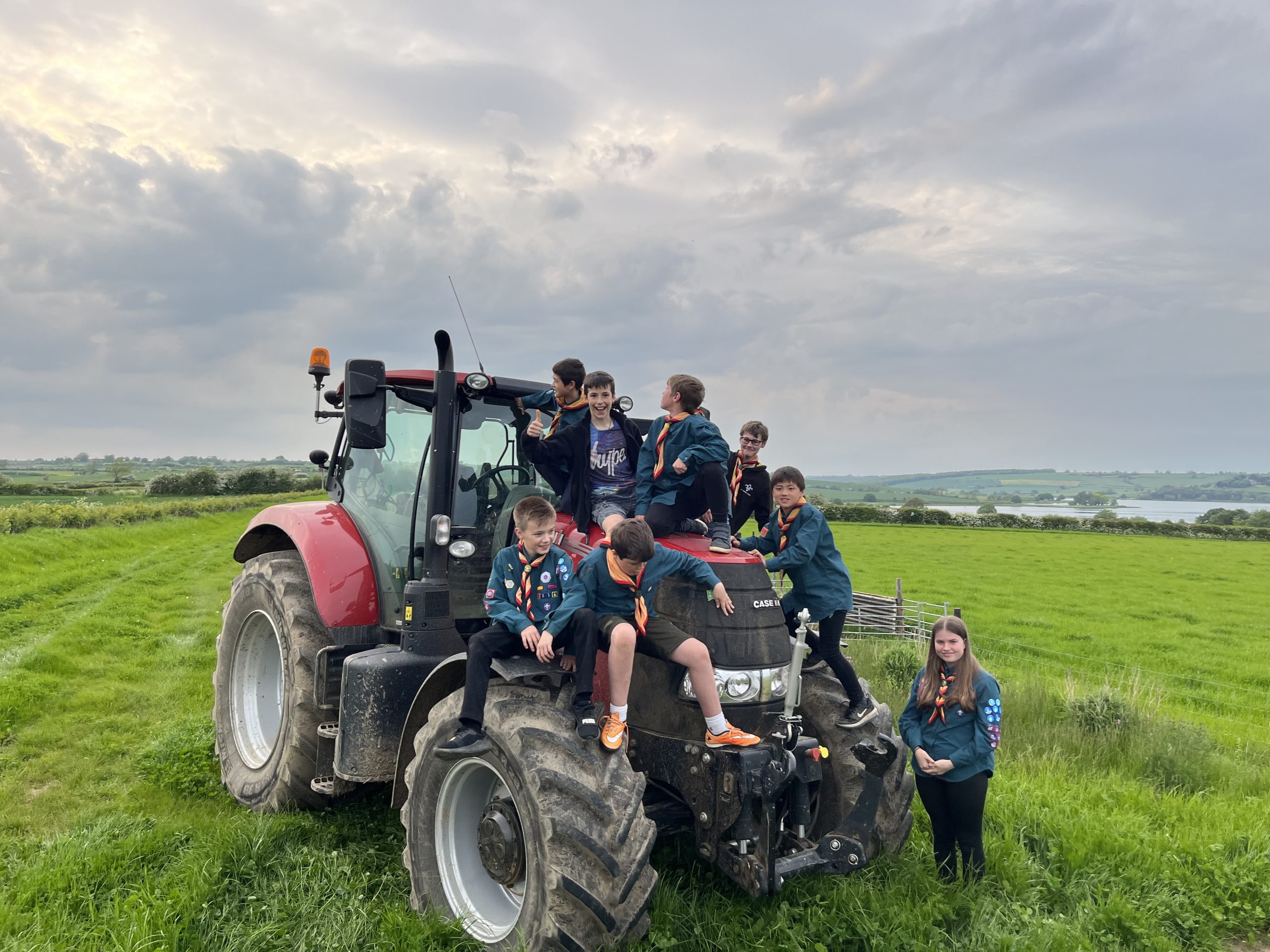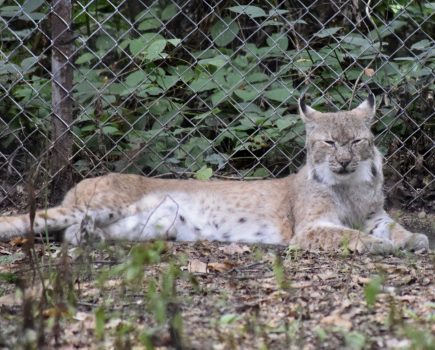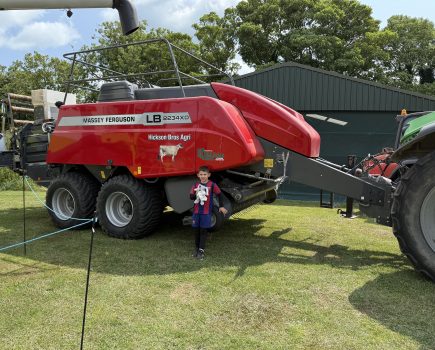The farming press is exercised by the rising average age of farmers and the problems of succession in an unstable economic and climatic environment. Another frequent topic is how to engage with a public keen to roam the countryside while often woefully ignorant of where their food comes from.
Land ownership is changing. Early in Henry VIII’s reign, the Catholic monasteries owned all the land not already in the hands of the Crown and ennobled acolytes. After the Reformation, the Crown and the new Church of England absorbed the monastery holdings. Even today, the Church Commissioners still own some 105,000 acres, despite having sold much during the last century. Finance companies and successful entrepreneurs are hoovering up available estates as they come onto the market, either to farm or as a financial hedge.
Rectory Farm, nestled by the church in the village of Great Easton, is part of this picture. For almost a century it has been farmed by the Johnson family, first as tenants of the Church but now with a private landlord. Fay Johnson is the third-generation tenant of 1,000 acres of heavy clay soil alongside the Eyebrook reservoir, built in 1937 to service the Corby steel works and used during the war by the RAF. No 617 Squadron, the Dambusters, rehearsed their ultra low-level bombing runs in preparation for the epic dams raids in Germany, no doubt causing grandfather Johnson some disturbed nights in early 1943 as Lancasters circled the farm at tree top height night after night.
Lest we ever forget the terrible costs of conflict, 53 aircrew were killed and eight of the 19 Lancasters lost on that one night, 16 May 1943. I still have a much read copy of Paul Brickhill’s book The Dam Busters, a reminder of what we owe that generation of young men and women. The reservoir, currently owned by Tata, is now an SSSI; a fitting and lasting memorial.
In the early days of the Johnson family tenancy, the mixed farm was managed traditionally, dealing in and working with heavy horses. They were succeeded by tractors (some of the originals still decorate the farm) and during Fay’s father Phil’s time the farm became fully arable. The wheel has turned full circle towards environmentally friendly cropping and a flock of sheep consisting of some 400 mules that are put to Charolais and Texel tups to produce prime lambs.
The family embraced stewardship schemes 22 years ago and this summer bought a small starter herd of pedigree in-calf Hereford cows to complete the team of eco-engineers. They may have regenerative herbal leys to graze next summer, adding more biodiversity.
Rectory Farm is a real family enterprise with the senior Johnsons still much involved, though Fay and her husband Leon now do the heavy lifting. Diversification is central to most farm businesses today and Rectory Farm is no exception, particularly as more family members work on the farm and require proper remuneration.
Arable cropping follows traditional rotations with reduced tillage. Wheat all goes to the local Weetabix factory for human consumption (vast quantities of the breakfast cereal fuelled my teenage years). The modules adopted from Countryside Stewardship and the Sustainable Farming Incentive are mainly botanically rich field margins. Gentle hedge management, winter birdseed crops and supplementary winter ground feeding also deliver well. Owl and kestrel boxes perch precariously at intervals on old telegraph poles.
The family spotted an opportunity to add value to traditional farm produce by satisfying the huge and growing demand for feeding garden birds. Rapeseed, wheat and millet for the birdseed business are home grown. Sunflowers proved a difficult crop on the heavy clay and are now sourced from a neighbour with lighter soils.
The birdseed business started 20 years ago and has grown into a slick online operation, with next day delivery around the country. It is combined with a retail outlet allowing locals to collect everything they need to support garden birds, bugs and hedgehogs. Bulk supplies, tailored to their target species, are produced for farms and estates undertaking supplementary winter feeding.
Some horse stables were recently converted into a small farm shop selling local produce. Abigail, Fay’s sister, who trained as a farm secretary and is married to a local dairy farmer, runs both the retail operations and keeps all the farm’s books in order.
The Johnsons and Rectory Farm are a big part of Great Easton village. In spring and summer they host regular educational guided farm walks, introduced with a short history of the farm and the reservoir. They also host fundraising events for favourite charities such as Macmillan Nurses and Cancer research. These events draw in both locals and customers from far and wide seeking space, wildlife, education and fresh air.
Although I am a long-term customer of Eyebrook Wild Bird Feeds and have emailed and phoned Abigail frequently, my visit this autumn was the first opportunity to see more of the farm. The farmyard was full of house martins and swallows fuelling up for the journey south despite the chill north wind and rain. The hedges were magnificent and laden with fruit.
Particularly encouraging was the variety of habitat the hedges created. All were tall, some taller than others, but all dense, strong and wide. Not a hint of those stunted, gappy remnants offered as conservation tokens by so many of our arable brethren. I have no doubt that in spring the farm is a concert of birdsong, with an abundance of hares boxing and breeding. Indeed the Johnsons have independent records to show the richness of wildlife they and their farm support.
It was heartwarming to have tea with a family whose members all sing from the same hymn sheet, are happy and are justifiably proud of what they have achieved on their farm.
Farmers like the Johnsons demonstrate that farms can deliver food for human consumption, biodiversity, restoration and climate mitigation. It can and must be done. Phil and Sue’s many young grandchildren are waiting in the wings, learning to look after animals and value produce. The older ones are already beginning to run small livestock enterprises and showing real aptitude for farming and commerce. It all adds to a sense of optimism for the future.
- Abigail, Phil and Fay Johnson
- Brown hare
- Eyebrook Reservoir
- Farm shop
- Grandchildren
- Herefords
- Rectory Farmhouse and old Allis-Chalmers
- Scout visit

